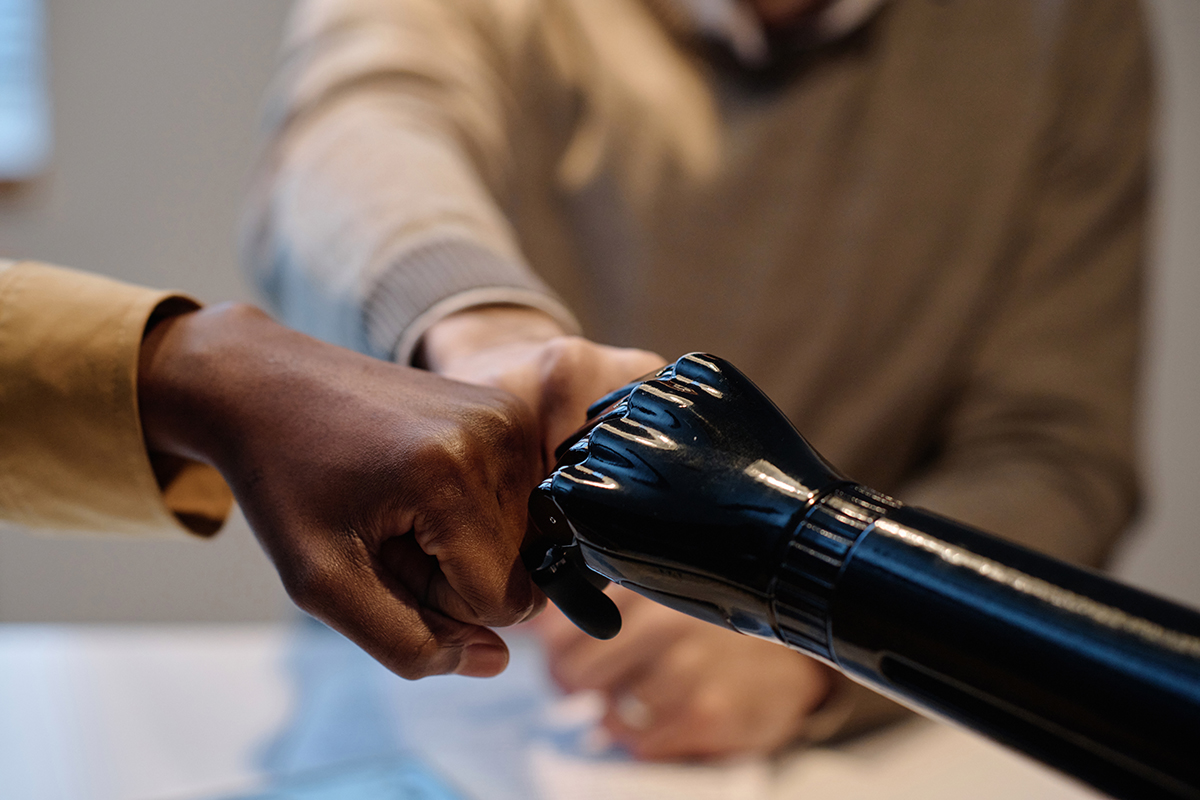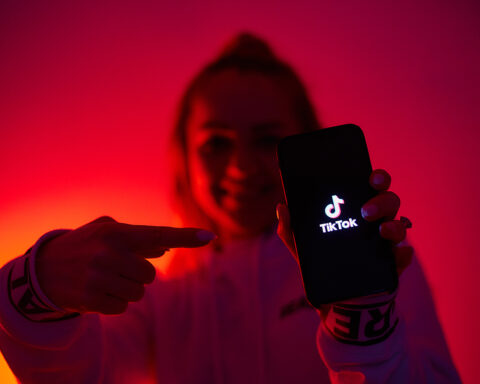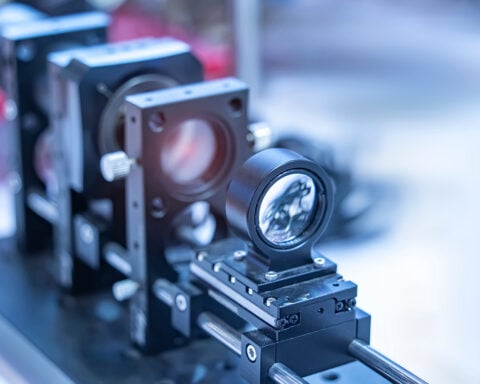In a groundbreaking leap for prosthetic technology, scientists in Italy have unveiled a robotic hand that operates through magnetism, bypassing the traditional need for wires and electrical cables. This revolutionary design enables users to control the prosthetic using only their thoughts, offering newfound hope to individuals who have experienced limb loss.
Daniel, a 34-year-old who lost his left hand in an accident in September 2022, was selected to be the first recipient of this innovative prosthetic. His ability to control the muscles that once moved the fingers of his lost hand, along with his continued experience of phantom sensations, made him an ideal candidate for this cutting-edge technology. Phantom sensations, a phenomenon commonly reported by amputees, occur when individuals feel as though their missing limb is still present and functioning.
The robotic hand, named the Mia Hand, was created by Prensilia and attached to a carbon fiber socket that holds all of its electronic components. What sets this device apart is its unique magnetic control system. In April 2023, Daniel underwent a surgical procedure where six small magnets were implanted into the muscles of his forearm. These magnets were carefully aligned to create a consistent magnetic field, enabling precise and controlled movements of the prosthetic.
The core innovation behind this prosthetic is a system called myokinetic control. As Daniel’s muscles contract, the magnets in his forearm shift position, and these shifts are detected and translated into signals that control the hand’s movements. This allows for a smooth, intuitive interaction where muscle contractions are directly converted into hand motions, making the prosthetic feel like an extension of Daniel’s body.
Over a six-week trial period, Daniel showcased remarkable dexterity and control with the robotic hand. He was able to perform daily tasks that required both strength and precision, such as opening jars, zipping clothing, and cutting food with a knife. These actions, which are second nature to most, can be significant hurdles for those using traditional prosthetics. Additionally, Daniel demonstrated the ability to adjust the hand’s grip strength, making it easier to handle fragile objects without breaking them.
This level of fine-tuned control marks a major advancement in prosthetic technology. For many amputees, being able to vary the pressure exerted by a prosthetic hand is a game-changer, allowing them to perform tasks with a level of delicacy that has not been possible with previous designs.
The research team is enthusiastic about the potential of this technology. With Daniel’s successful trial, they are looking to expand the use of the magnetic control system to a wider group of amputees, potentially transforming the prosthetic field. The goal is to further enhance the sensory feedback and control that prosthetic users experience, moving closer to a future where artificial limbs are nearly indistinguishable from natural ones in terms of functionality.
This innovative development represents a new era in prosthetics. From the earliest wooden limbs to the advanced bionic solutions of today, scientists have continually pushed the boundaries of what is possible. The introduction of magnet-based control systems offers unprecedented precision and ease of use, promising a better quality of life for amputees.
For the researchers involved, the impact of their work is profound. They see this technology not only as a remarkable scientific breakthrough but also as a way to improve the everyday lives of people who have lost limbs. For individuals like Daniel, gaining the ability to perform tasks that were once out of reach is life-changing.
As research continues in the field of prosthetics, innovations like the magnetically controlled hand are paving the way for even greater advancements. This technology could usher in a new standard of prosthetic design, bringing hope and new capabilities to amputees across the globe.







